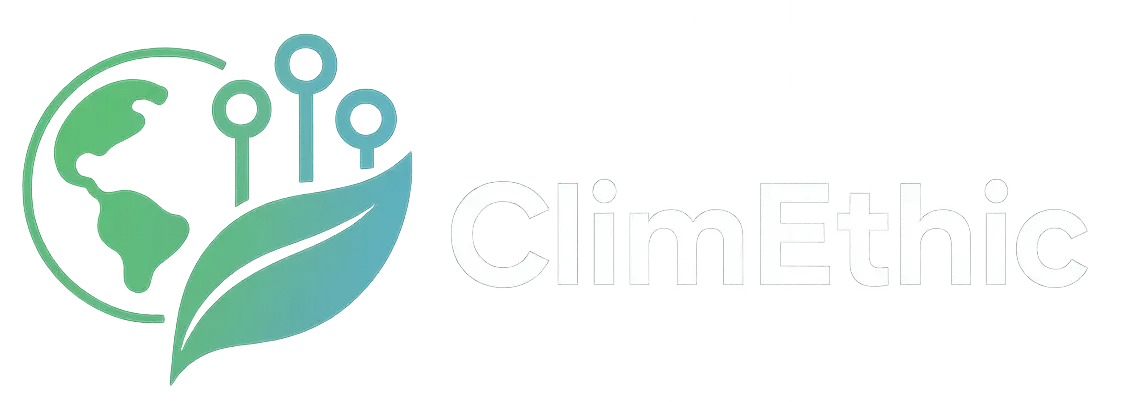Empower your business to measure, manage, and minimize climate risk while building long-term resilience. We help organizations navigate the journey to decarbonization with clarity, from understanding greenhouse gas emissions to setting science-based targets and embedding climate strategy into governance.
Climate change is no longer a future concern but a present business risk. Proactive action reduces regulatory, supply chain, and reputational risks while strengthening competitiveness in the low-carbon economy.
Our Climate Change Services
Comprehensive climate solutions to help your business navigate decarbonization with confidence and strategic clarity.
01
Carbon Accounting
Measure Scope 1, 2, and 3 emissions using GHG Protocol and ISO standards to create auditable inventories. Generate insights that support compliance, ESG disclosures, and data-driven emission reduction strategies.
02
Net Zero Strategy
Develop phased decarbonization roadmaps with interim milestones. Integrate efficiency, renewable energy, electrification, and carbon offsets. Align with SBTi Net Zero Standard and UN Race to Zero for global credibility.
03
Science-Based Targets (SBTi)
Set Paris-aligned emission reduction goals validated by SBTi. Establish baselines, define trajectories, and implement governance frameworks to ensure scientific credibility and investor trust.
04
Life Cycle Assessment (LCA)
Evaluate environmental impacts across the product and service lifecycle. Identify hotspots to inform eco-design, procurement, and circular economy initiatives.
05
Risk & Resilience
Assess vulnerabilities from climate hazards, regulation, and market shifts. Build adaptation and resilience strategies in line with TCFD recommendations.
06
Climate Modelling & Scenario Analysis
Model multiple global warming pathways (1.5°C, 2°C, 4°C) using IPCC and NGFS frameworks. Stress-test business strategies to prepare for future climate risks.
Why these services matter?

Avoid Falling Behind
Competitors are already aligning with GHG Protocol, SBTi, ISO LCA, and TCFD. Are you?
Don't Miss Warning Signs
Ignoring risk-informed strategy leaves you vulnerable to regulation, market shifts, and climate shocks.
No One-Size-Fits-All
Generic solutions won't cut it. Tailored pathways are key to staying competitive and resilient.
Frequently asked questions
Carbon accounting is typically delivered in phases. The initial assessment (Scopes 1 & 2) can be completed relatively quickly, while Scope 3 and supplier engagement may take longer. Overall duration varies by data readiness, internal resources, and organizational complexity.
Internal goals are self-defined, but may not align with climate science. SBTi targets undergo third-party validation, adding credibility and investor confidence while ensuring compliance with global best practices.
LCA is particularly valuable in manufacturing, FMCG, packaging, real estate, and agriculture. These sectors are where product design, materials, and end-of-life disposal significantly affect carbon footprint.
Geospatial climate data and scenario modelling are used to assess exposure to floods, heatwaves, storms, and water stress. Recommendations then focus on site adaptation and supply chain resilience.
Examples include stricter carbon pricing, mandatory disclosure regulations, shifting investor preferences, and technological disruptions. These can impact asset values, financing costs, and competitive positioning.
Every 2–3 years or whenever there are significant changes in operations, regulations, or global climate outlook. This ensures resilience strategies remain relevant and robust.
Outputs feed directly into disclosures aligned with GRI, CSRD, CDP, or TCFD. This reduces duplication of effort and ensures climate strategy supports regulatory compliance and investor reporting.
A small cross-functional team (finance, operations, procurement, and sustainability) is usually enough. Most organizations dedicate 1–2 internal coordinators to provide data and participate in workshops.

